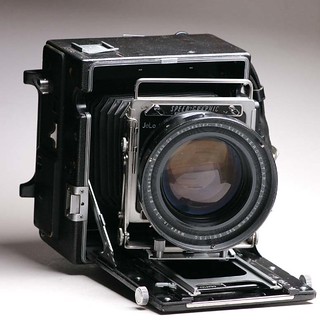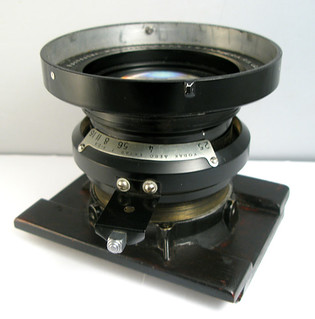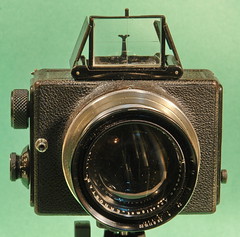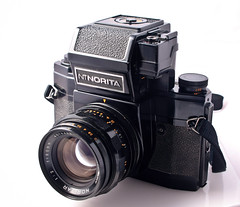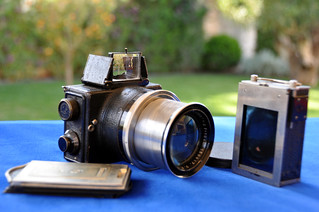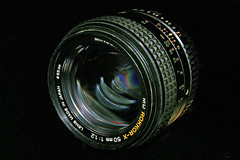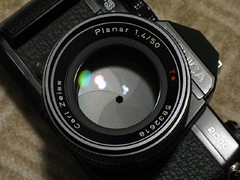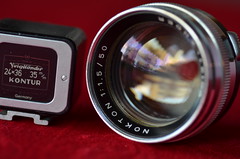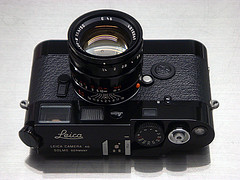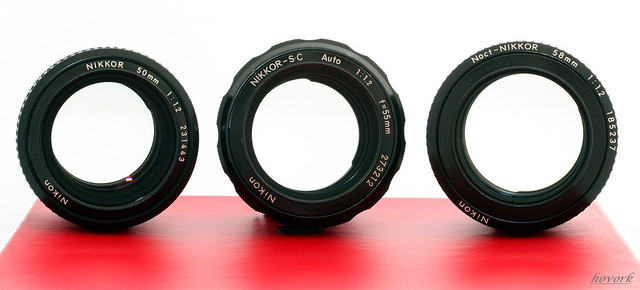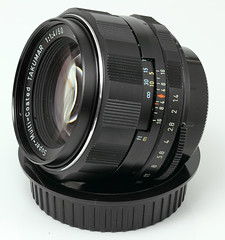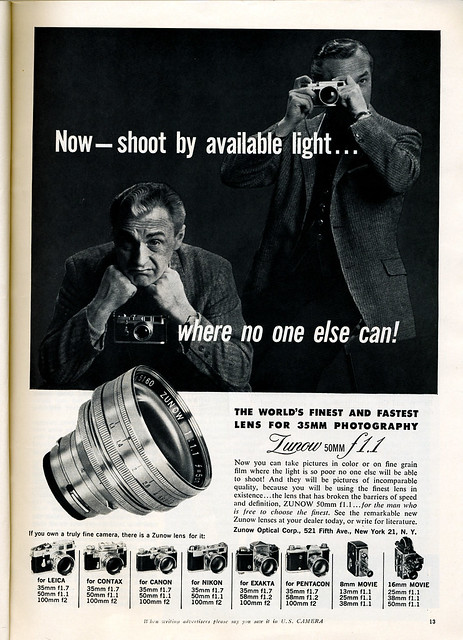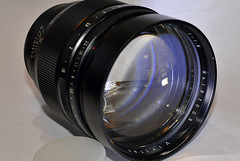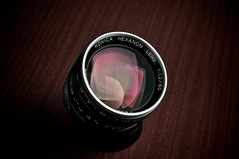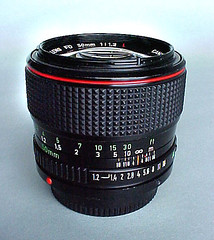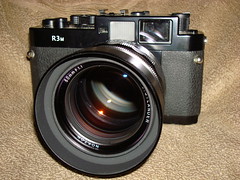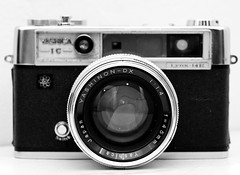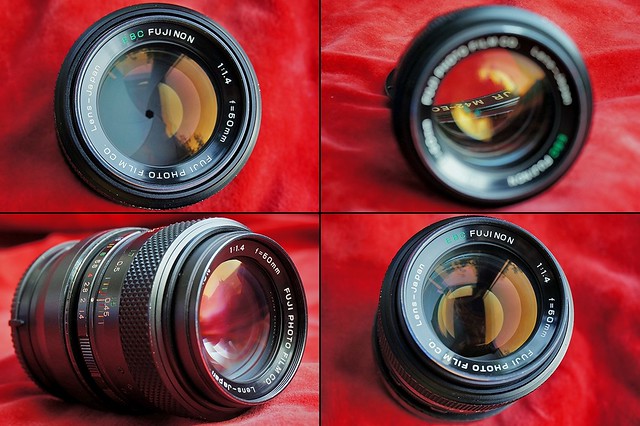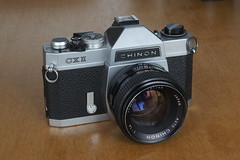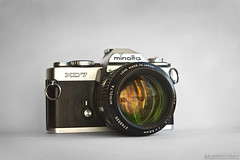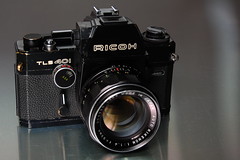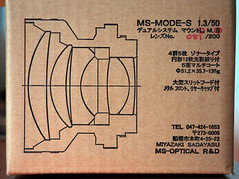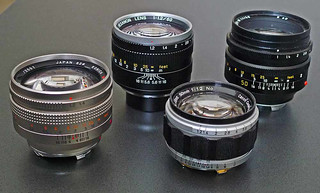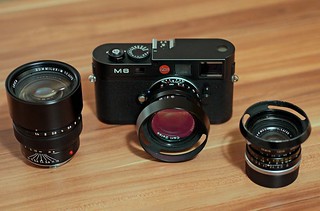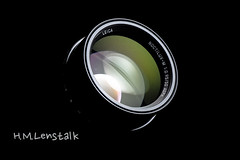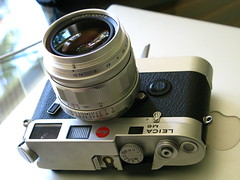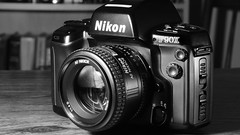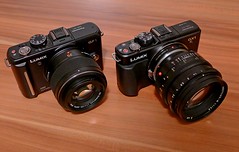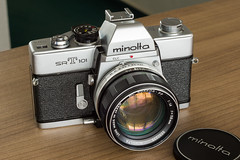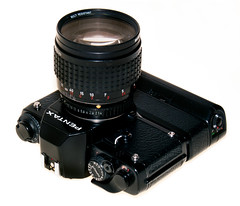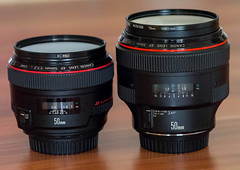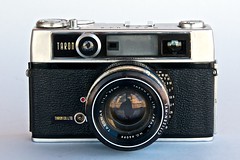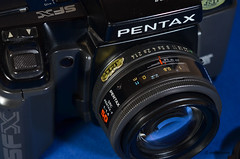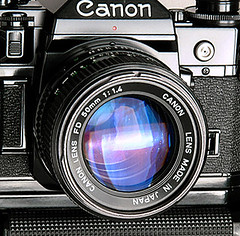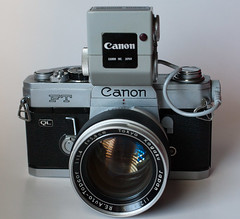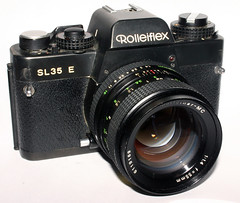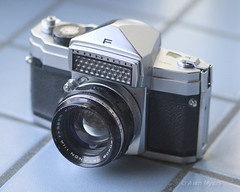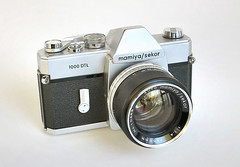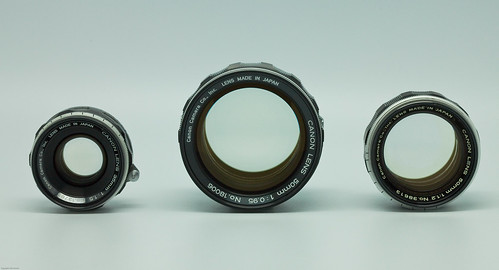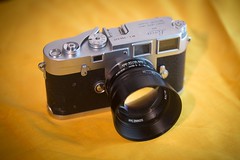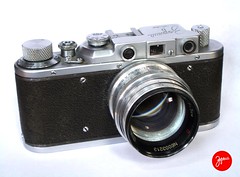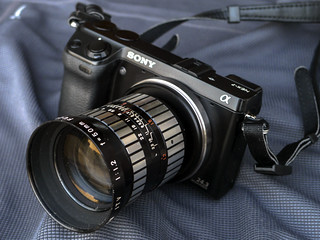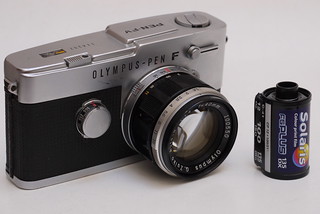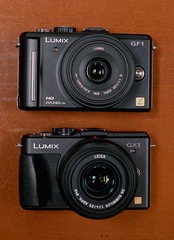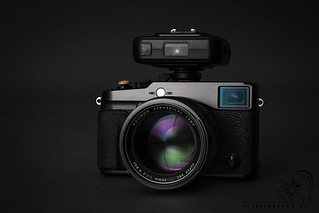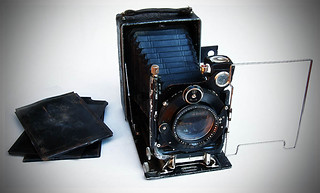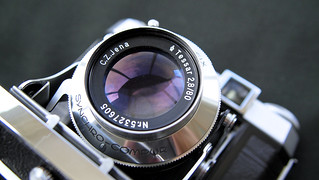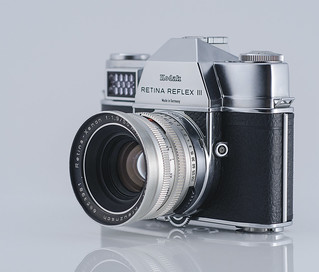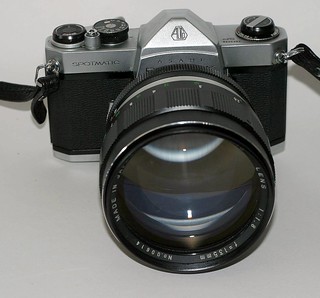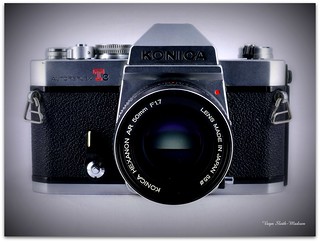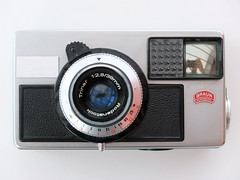Difference between revisions of "Fast lens"
m (→"fast" classification) |
(→APS-C and µ4/3 format) |
||
| Line 677: | Line 677: | ||
|} | |} | ||
| − | ==APS-C and µ4/3 | + | ==[[half-frame]] format, [[APS-C]] and [[µ4/3]] formats== |
{| | {| | ||
| | | | ||
| Line 688: | Line 688: | ||
|image_rights= wp | |image_rights= wp | ||
}} | }} | ||
| + | | | ||
| + | {{Flickr_image | ||
| + | |image_source= https://www.flickr.com/photos/zuiko21/6180441751/in/pool-camerawiki/ | ||
| + | |image= http://farm7.staticflickr.com/6166/6180441751_7b4bfa5ea1_n_d.jpg | ||
| + | |image_align= left | ||
| + | |image_text= G.Zuiko 40/1.4 on [[half-frame]] SLR | ||
| + | |image_by= Carlos Santisteban | ||
| + | |image_rights= wp | ||
| + | }} | ||
| + | |||
|- | |- | ||
| | | | ||
| Line 694: | Line 704: | ||
|image= http://farm8.staticflickr.com/7021/6839784137_d86e0a1492_m.jpg | |image= http://farm8.staticflickr.com/7021/6839784137_d86e0a1492_m.jpg | ||
|image_align= left | |image_align= left | ||
| − | |image_text= two µ4/3 cameras with fast lenses, the lower<br/>with a very fast [[Leica]] DG Summilux 1:1.4 25mm asph. | + | |image_text= two [[µ4/3]] cameras with fast lenses, the lower<br/>with a very fast [[Leica]] DG Summilux 1:1.4 25mm asph. |
|image_by= fotograf@flickr | |image_by= fotograf@flickr | ||
|image_rights= wp | |image_rights= wp | ||
Revision as of 13:03, 14 March 2015
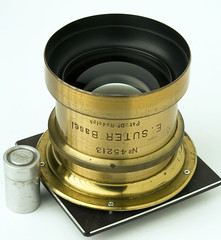
|
| fast large format lens, designed by Paul Rudolph lens speed f4, weight = 5 kg image by lebedev_snigirevskaya (Image rights) |
This article is a gallery of very fast lenses beyond average "fast" definition.
See also lens speed (=max. aperture of lens)
For APS-C format these are lenses with max. aperture of at least f1.4!<br(>
For 35mm film frame format these are lenses faster than max. aperture f1.7 since
the average 50mm SLR system standard lens already has a speed of f1.7 or f1.8!
For medium format these are lenses with max. aperture of at least f2.0!<br(>
For large format these are lenses with max. aperture of at least f2.5!<br(>
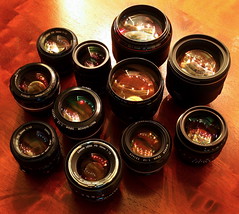
|
| image by Hovsep Kevorkian (Image rights) |
Contents
"fast" classification
| format | benchmark | quite fast lens | common fast lens | notes about the "very fast" definition given above and about the benchmark |
|---|---|---|---|---|
| large | f2.5 | f3.5 | f6.3 | f2.5 equals the benchmark set by the Kodak Aero in 1940 |
| medium | f1.8 | f2.8 | f3.5 | f2.0 lenses established the available light photography with the Ernostar in 1924. The 2nd version of the Ernostar also set the benchmark already in 1925. |
| 35mm, full-frame |
f0.95 | f1.4 | f1.7 | f1.6, because faster than f1.7. f1.7 is a lens speed which is almost average for the SLR normal lenses, since the 1960s. Such normal lenses were also the kit lenses. Fast lenses for leaf shutter SLRs reach only f1.9 max. lens speed. The benchmark is defined by the so-called Canon "Dream Lens" for rangefinder cameras. Actually it's been surpassed by a few faster lenses. |
| 35mm half-frame and APS-C |
f0.95 | f1.8 | f2.8 | f1.4 because smaller format than 35mm requires faster lenses for achieving almost similar depth of field |
| µ4/3 | f0.95 | f1.8 | f2.8 | µ4/3 camera makers Olympus and Panasonic deliver some fast lenses, 3rd-party lens makers the same lenses as for APS-C. The result is a similar available lens speed palette for both sensor sizes, APS-C and µ4/3. |
| cine lens (many with C-mount) | f0.95 | f1.4 | f1.7 | The benchmark is slower than the fastest ever cine lens which was for 35mm half-frame format, the legendary bokeh giant Zeiss Planar 1:0.7 f=50mm. The lens was used by Stanley Kubrick for his film Barry Lyndon which received 4 Oscars, one for the camera, and by the NASA for moon flight shots! Many C-mount cine lenses were constructed for 16mm cine film or sensors up to 1" size. Some are sufficient for and adaptable to µ4/3 cameras, a few even sufficient for APS-C sensors. But surprisingly the palette of available lens speeds is more alike that of lenses for 35mm frame format 24x36mm. |
large format
|
|
medium format
|
|
| ||||||
|
|
|||||||
35mm
|
|
| |||||||
|
|
| |||||||
|
| ||||||||
|
| ||||||||
| |||||||||
| |||||||||
|
|
| |||||||
|
|
| |||||||
|
| ||||||||
| |||||||||
|
|
|
|||||||
|
|
| |||||||
| |||||||||
|
|
| |||||||
|
|
| |||||||
|
|
| |||||||
|
|
| |||||||
|
|
| |||||||
|
|
| |||||||
|
|
| |||||||
|
|
| |||||||
|
| ||||||||
|
|
| |||||||
half-frame format, APS-C and µ4/3 formats
|
| ||||
|
|
average "fast lens" samples
|
| ||||
|
| ||||
|
| ||||
| |||||
| |||||
|
|
